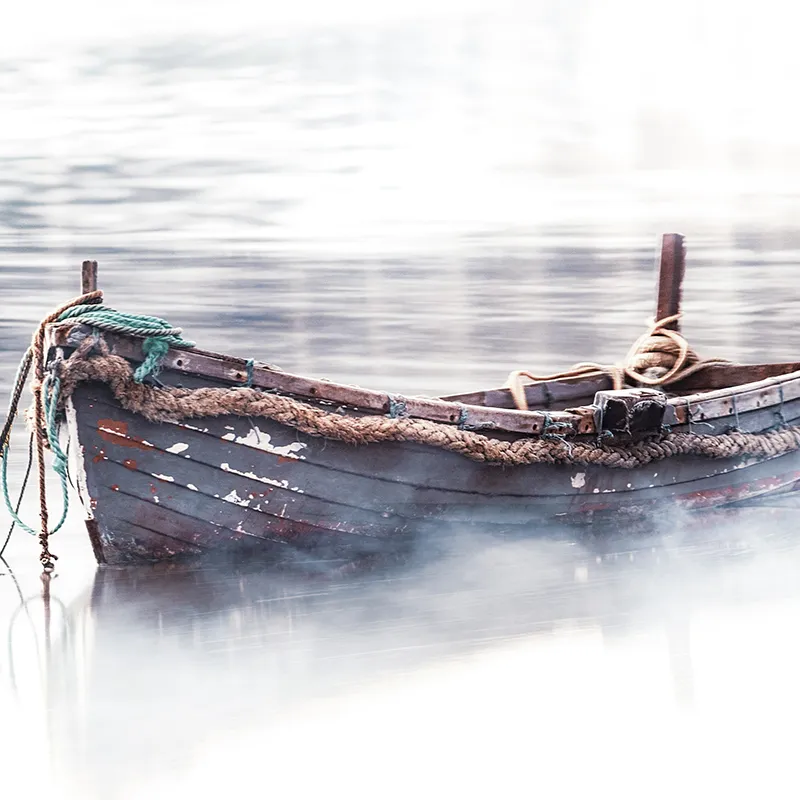Fish and Wildlfe
The Fish and Wildlife Department of Treaty #3 administers a comprehensive program that monitors and awards licenses for fishing, hunting and trapping, and ensures that wildlife is properly managed.
Treaty #3 members can harvest fish or wildlife for personal consumption, or for social or ceremonial purposes, and are not required to hold the otherwise applicable Ontario license. Treaty #3 members will not be subject to enforcement action, except in certain circumstances including:
- Hunting and fishing in an unsafe manner
- Harvesting fish and wildlife for commercial purposes (where a commercial harvesting right has not been recognized by a Court and no license is held)
- Taking fish and wildlife that puts conservation objectives at risks
- Hunting or fishing on privately owned or occupied land without permission of the landowner.
A Brief History of the Anishinaabe Trapping in the Treaty # 3 Area Quoted by the late Elder Charlie Fisher’s Paper
For the Anishinaabe people, trapping is not simply a satisfying way of livelihood. Trapping is the Anishinaabe way and is foremost a spiritual activity. At its most basic level, it means:
- Giving respect for the land and animals in the Anishinaabe was so that life on the land will be renewed;
- Giving respect for those people who have sacred knowledge of how to trap in a sustainable way based on Anishinaabe teachings and knowledge.

Our Anishinaabe way of trapping is not something that was only valuable in bygone days. It is a way of life that has its own value for our people today. In our sacred way of respect in trapping we followed the practices that are necessary to renew life on the land. This included our sacred spiritual ways. When we trapped a beaver, we put as many as seven parts of it back in the water. When we trapped a muskrat, we put three parts back in the water. This was the way of respect that we followed for all animals.
Our Anishinaabe sacred people never talk about the “management “of “fur bearing resources”. In terms of Anishinaabe people, these animals are better understood as our relatives. Many of them are clan doodems of our people. We have our own ways of speaking about them and relating to them. Our knowledge of our animals is often expressed in the language of our ceremonies. Our knowledge has arisen out of our relationship to our lands and animals.
The Resource Centre Services
- Issuing licences to Treaty #3 trappers
- Issuing permission letters from the Grand Chief to allow outside Treaty members to hunt and fish in Treaty #3 jurisdiction and monitor limits
- Issuing one-year and three-year authorizations for trapping for members of Treaty #3. Renewal every year. $50 for three years vs. $20 per year
- Migrating licenses to Treaty #3’s jurisdiction
- Collecting harvest data from Treaty #3 trappers
- Developing harvesting reports to see what is being harvested in Treaty #3 – Eg. how many moose were harvested
- Community Trapper’s Licensing Agents
- Maintenance of 12 Qualified Training Instructors to educate interested trappers in the Treaty #3 area
- Work with The Trappers Steering Committee and continue their involvement with the Resource Centre
- Employs 2 Full Time Employees, a Director and an Assistant
- Geographical Information System Manager
- Participation in fur marketing and promotion
- Participation in the control of nuisance animals
- Compliance on standards set by EU
- Transfer and allocation of traplines
- A full databank of trapping information
- Oversee CORDA (Canada Ontario Resource Development Agreement) program and assists with applications
- First Response for any complaints of Conservation Officer harassment
- Assist with advocating for members that are, at times, unjustly charged with violations
- Ensuring rights are being protected.
- Monitoring waste associated with trapping
- Liaising between MNR and Treaty #3
- Post concerns about over-harvesting and overfishing – providing updates on the health of the moose population
- Provide overall information to keep members informed
